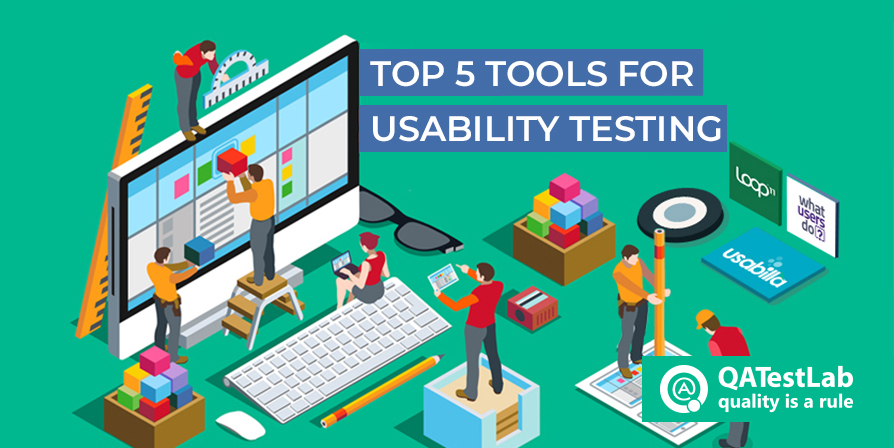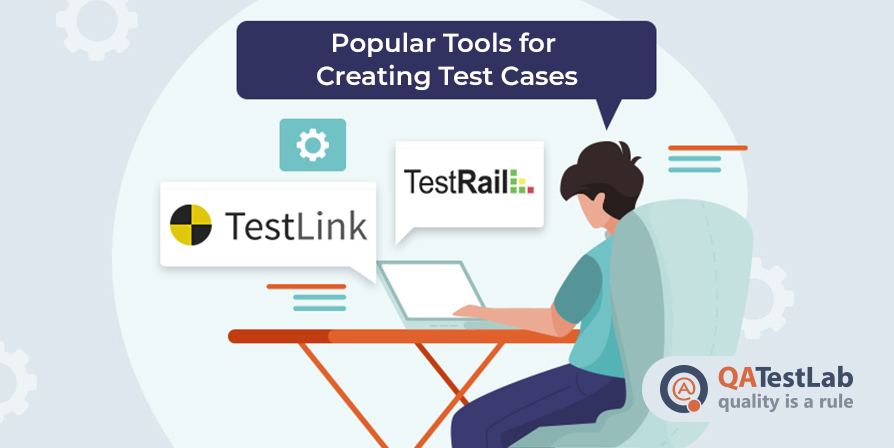
5 Tools for Effective Usability Testing
Usability evaluation is crucial if you want your product to stand out from the competition.
Why is UX so important? If the website is hard to navigate, the user leaves it. If the homepage does not explicitly present the offering, the user leaves it. The principal purpose of usability testing is to make sure users stay on the website and get what they want.
Usability can be assessed according to the following criteria:
- Ease of use: how many clicks does it take the user to accomplish the purpose of visiting the website?
- Efficiency: how long does it take the user to accomplish the purpose of visiting the website?
- Memorability: how easy is it to navigate the website after a substantial time-lapse between visits?
- Errors: how many slips and mistakes does the user make while trying to do something on an interface? Is it possible to undo an action?
- Satisfaction: how satisfied is the user with the website?
You have to spend a lot of time and effort to make sure your website or application actually meets these criteria. In this article, we have put together the list of tools able to facilitate usability testing and make it more effective.
Ethnio
It is a questionnaire that can be placed on the website like a pop-up window or accessed via a direct link. This tool allows involving users in the testing process. To show how you appreciate the feedback, offer them a discount, gift certificate, or other bonuses.
Ethnio integrates with another testing tool: Usabilla.
How to get this tool?
Get a 14-day trial at https://ethn.io/pricing/
Where to use it?
For testing websites.
User guide:
WhatUsersDo
It is a remote testing platform that helps to study user behavior by recording videos of them navigating the website and collecting their comments on usability. As a result, you get valuable insights into what works well and what needs to be improved.
Where to use it?
For testing websites.
User guide:
https://www.whatusersdo.com/file/whatusersdo-platform-and-results/
Loop11
This easy-to-use usability testing tool does not require any knowledge of HTML or programming languages.
There are several ways to invite participants to test the product: you can create your list of users based on data gained from social media, or make a pop-up on the website to find those willing to participate.
The tool creates tests and tasks, sends them to users, and collects statistics (page counts, metrics, click data, benchmarks, etc.). It also offers audio and video recording functionality.
How to get this tool?
Get a 14-day trial at https://www.loop11.com/pricing/.
Where to use it?
For testing websites.
Usabilla
It is one of the most popular tools for conducting usability testing of websites and applications. Usabilla allows creating focus groups, so users can assess product usability by submitting feedback and rating their experience.
This tool also enables testing the interface before writing the code. Any page or screenshot can be tested.
How to get this tool?
Get a trial at https://usabilla.com/pricing-policy/
Where to use it?
For testing websites.
UsabilityHub
This toolkit offers several options for usability testing. First of all, UsabilityHub shows how users interact with the website; it can come in handy before the launch to identify defects in the early stages.
It also offers a concise FiveSecondTest tool that allows testing product usability by providing the user with a short questionnaire that includes website screenshots and basic questions regarding the functionality.
This toolkit has another useful feature – it creates word clouds based on user surveys. It allows identifying trends and analyzing the result faster.
How to get this tool?
Get the tool at https://usabilityhub.com
Where to use it?
For testing websites.
Do you want to measure the actual usability level of your website? Ask users directly. The tools listed above will help you do it easier, make sure the product meets customer expectations, and save time and money on large-scale research.


